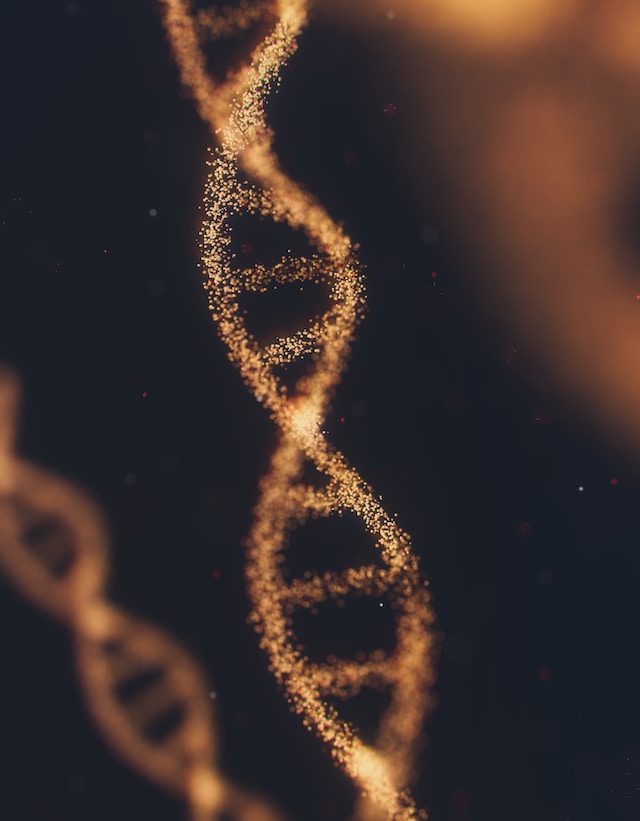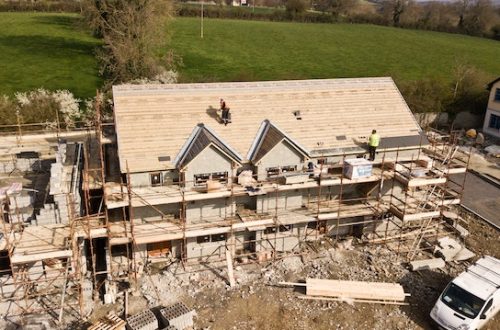
The Role of DNA Testing in Family History Research
As more people take DNA tests, it is essential to understand how these results can affect their family history research. This article will discuss the role of DNA testing in family history research, as well as the impact it can have on family and personal identity.
The Y-chromosome (Y-DNA) and mitochondrial DNA (mtDNA) tests are the most common types of genetic testing. These tests can trace a person’s paternal and maternal ancestry.
What is DNA?
DNA is the molecule that carries a cell’s genetic ‘blueprint.’ It contains instructions for making proteins and RNAs (ribonucleic acid).
DNA’s double-helix structure allows it to carry biological information from generation to generation. It coils up in chromosomes inside each cell, which contain the genes that influence an organism’s traits.
Each strand of DNA has a backbone made up of alternating sugar (deoxyribose) and phosphate groups. Attached to each sugar is a nitrogen base; adenine (A), cytosine (C), guanine (G), and thymine (T).
These nitrogen bases pair together to form rungs in the ladder-like shape of DNA’s double helix. A base always pairs with a T base and C with a G base. Many possible combinations can be made when these four bases are reordered in long DNA sequences. These sequences are called genes, and an organism’s complete set of genes determines heritable characteristics. The genes are stored in chromosomes that everyone inherits from each parent. They are typically linear chromosomes in eukaryotes and circular chromosomes in prokaryotes.
Relatives
Relatives are a vital part of family history research at the Irish history foundation. They provide insight into ancestors’ lives and often help researchers find connections with others with the same ancestry.
They can also be a source of inspiration and guidance. One study found that adolescents who know more about their family history were better equipped to face the challenges of adulthood.
To begin your research, get the name, date of birth, and marriage records from your relatives, as well as other important information. Write down all of these details and keep them in a secure place for future reference.
DNA testing is an essential adjunct to traditional genealogical research and can often unlock mysteries when the paper trail ends. It can also help you confirm recent relationships, break down brick walls and provide clues to new avenues of research.
Y-chromosome DNA
Y-chromosome DNA is one of the main tools for tracing the direct paternal line. Like the X chromosome, Y-chromosomes are passed from father to son.
When a Y chromosome copy is made, it can occasionally pick up small mutations or changes in its DNA. These changes can be fixed with recombination, but they may not frequently occur enough to help identify a specific family member.
That’s where the role of DNA testing comes in! Y-chromosome DNA is often used to trace deep paternal lineage because it is not recombined every generation.
The Y chromosome is also more variable than the autosomal chromosomes and includes several unique STR markers. These STR loci are grouped into haplotypes, each with its variant alleles. When identifying a haplotype, it’s important to estimate its population frequency. The Y HRD database provides these estimates based on different statistical models. Y-chromosome STR results can also be used to identify new sub-clades of haplogroups, which are essential for tracing genetic genealogy.
mtDNA
Mitochondrial DNA (mtDNA) is one of the most valuable types of DNA for family history research. Because it’s passed from mother to daughter, mtDNA matches can provide a link between people who are related but cannot be traced through traditional genealogical means.
Another vital use of mtDNA is determining where you originated from, or “deep ancestry.” Many genealogists can locate their European origins with this kind of testing. In addition, it can help identify your “clan mothers” if you’re of European descent.
While mtDNA can tell you where your ancestors came from, autosomal DNA is more accurate. However, it is still a valuable tool for family historians to have in their arsenal.
There are several ways to test mtDNA, and the most popular type is an HVR1-HVR2 test. Some laboratories also offer a full sequence test to analyze all of the mtDNA. Regardless of the method, you should always ensure your results are compared to a reference sample. Moreover, it is essential to check with your testing company to see what haplogroup they have assigned to your results.
Polymorphisms
Genetic testing can offer a new way to examine the history of a family. For example, a person’s DNA can reveal clues about where their ancestors lived and about family relationships.
A significant focus of DNA testing is evaluating large numbers of individual variations (single nucleotide polymorphisms or SNPs) across a person’s entire genome. These patterns can be used to create estimates of a person’s ancestry by comparing the SNP results with reference groups of individuals from different populations.
Those who undergo DNA testing may experience various psychological effects, including confusion and feelings of isolation or belonging to multiple families. Those who experience this, however, often find that their tests are a valuable tool for redefining or renegotiating their identity.
Some of the most common DNA testing results include a person’s Y-chromosome haplogroup and mtDNA lineage. These findings can help people re-establish family connections lost through adoption or during wars and conflicts.





